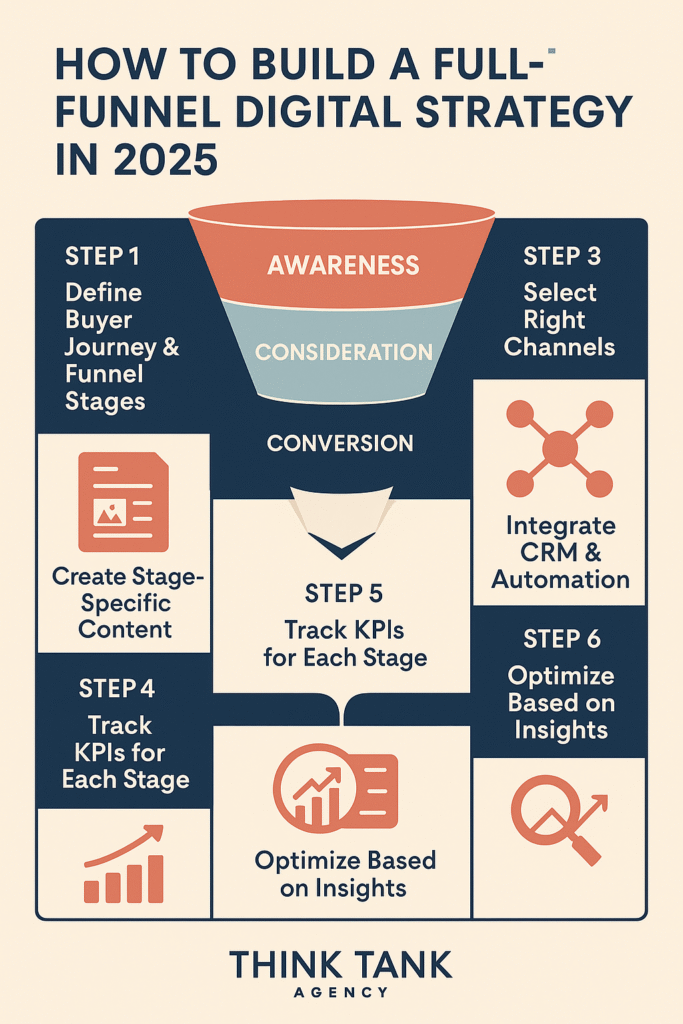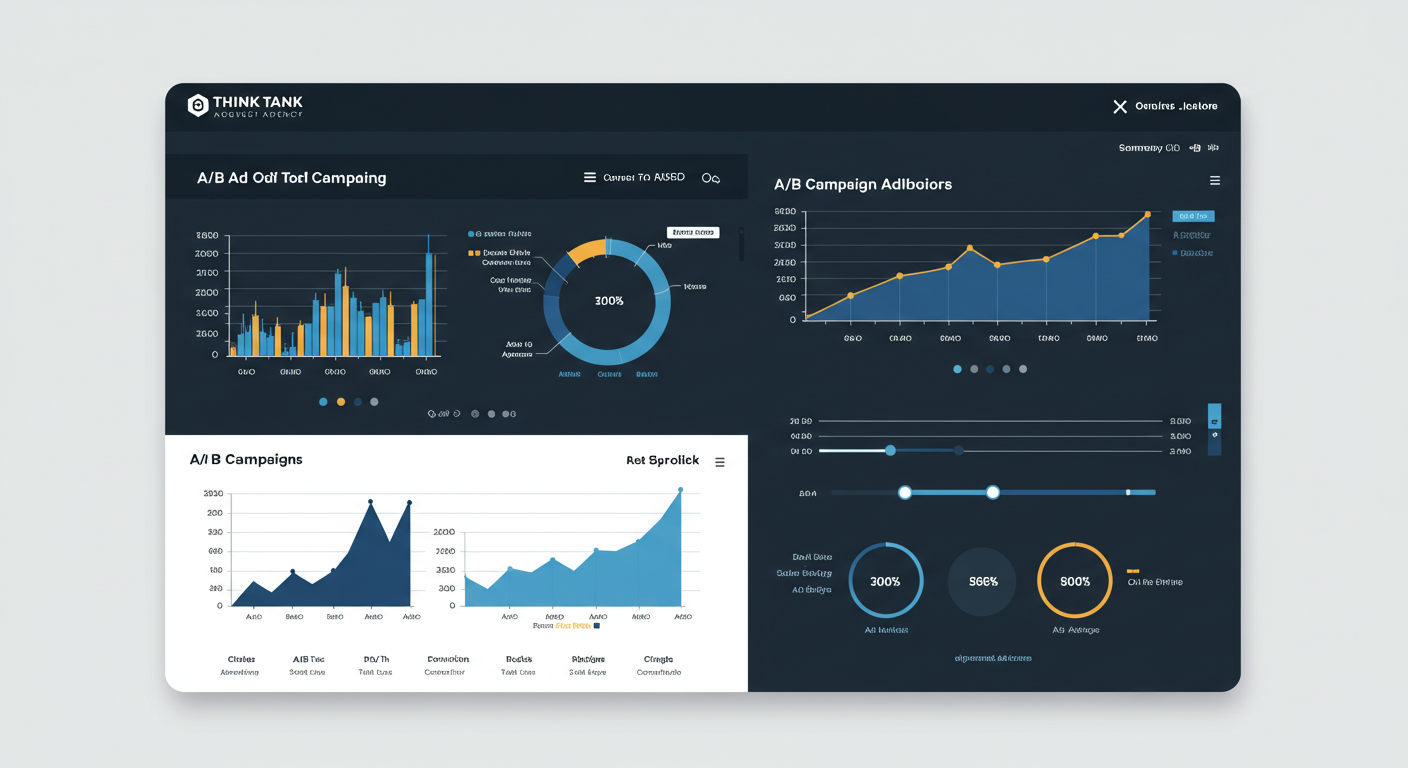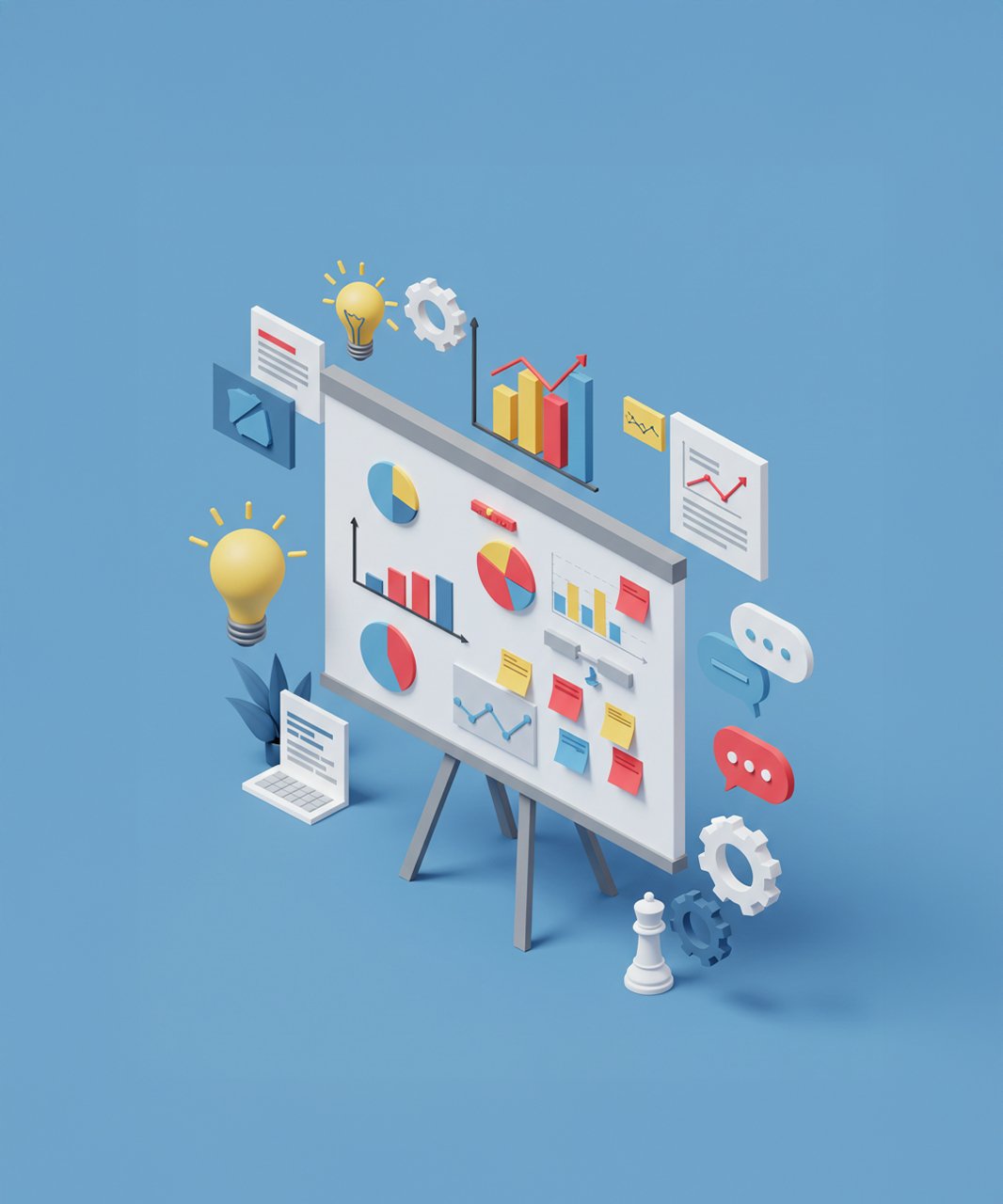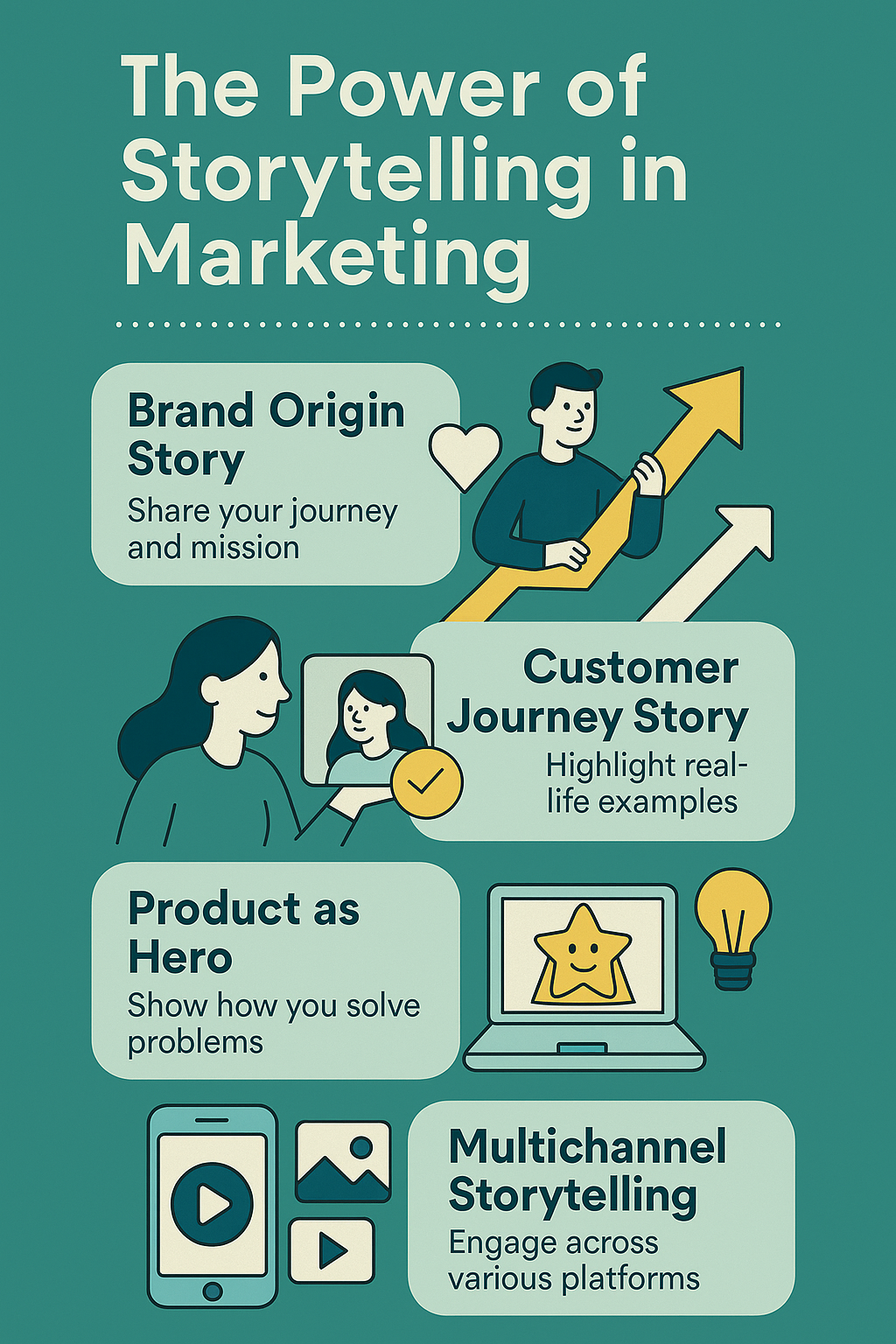Why Full-Funnel Thinking Wins in 2025
Marketing in 2025 demands more than flashy ads or trendy social posts. To convert strangers into loyal customers, brands need a full-funnel strategy—a methodical approach that addresses every stage of the buyer journey: awareness, consideration, and conversion.
At Think Tank Agency, we help clients build digital ecosystems that guide users from curiosity to commitment. In this article, we reveal our step-by-step framework for building a full-funnel digital strategy that works—backed by analytics, personalization, and creative execution.
Step 1: Define Your Buyer Journey and Funnel Stages
Before you build, you need to map the journey. Think Tank starts every strategy with a customer journey map that highlights key stages:
| Funnel Stage | Customer Mindset | Marketing Goal |
|---|---|---|
| Awareness | “I have a problem, but no solution yet.” | Brand visibility |
| Consideration | “I’m researching options.” | Education & nurturing |
| Conversion | “I’m ready to take action.” | Drive decisions & sales |
By defining each phase, we align messaging, creative, and channels accordingly.
Step 2: Create Stage-Specific Content
Think Tank Agency crafts content tailored to intent. Here’s how we structure content across the funnel:
-
Top of Funnel (Awareness): Blogs, explainer videos, social reels
-
Middle of Funnel (Consideration): Webinars, comparison guides, case studies
-
Bottom of Funnel (Conversion): Free trials, demos, CTAs with urgency
This alignment ensures your audience gets what they need—when they need it.
Step 3: Select the Right Channels for Each Stage
Not all platforms serve the same function. Think Tank matches funnel stages to platforms:
| Channel | Funnel Stage |
|---|---|
| Instagram & TikTok | Awareness |
| Google Ads & SEO | Awareness & Consideration |
| LinkedIn & Email | Consideration & Conversion |
| Retargeting Ads | Conversion |
By orchestrating channels, we create a seamless cross-platform journey.
Step 4: Integrate CRM & Automation Tools
Marketing automation brings consistency and scale. We implement:
-
Lead scoring based on engagement
-
Automated email flows (nurturing & re-engagement)
-
CRM tagging to segment based on behavior
This tech stack enables precision targeting and personalized experiences.
Step 5: Design Funnel-Optimized Landing Pages
Each funnel stage should drive to a landing page with one clear purpose.
Think Tank designs pages with:
-
Compelling headlines
-
Pain-point focused copy
-
Visual hierarchy & strong CTAs
-
Mobile-first layouts
Our landing pages often double conversion rates by focusing on clarity + intent.
Step 6: Track KPIs for Every Funnel Stage
Measurement is everything. We define success metrics by stage:
| Stage | KPIs to Track |
|---|---|
| Awareness | Reach, impressions, CTR |
| Consideration | Bounce rate, time on site, downloads |
| Conversion | Form fills, purchase rate, ROAS |
We use tools like GA4, HubSpot, Meta Ads Manager, and Looker Studio to monitor progress.
Step 7: Optimize Based on Funnel Insights
A funnel is never “done.” Think Tank reviews funnel performance monthly to:
-
Plug drop-offs between stages
-
Refine messaging and creatives
-
Split-test formats and CTAs
-
Redistribute budget based on ROI
Continuous refinement drives compounding returns.
Client Success: From Click to Close
For a B2B SaaS brand, we built a funnel that:
-
Attracted leads via SEO + paid LinkedIn
-
Nurtured via whitepapers + email
-
Converted via demos and retargeting
Results:
-
📈 MQLs up 215%
-
🕒 Time to sale shortened by 42%
-
💰 Revenue pipeline increased by $400K in 6 months
FAQs
Q1: What’s the difference between a funnel and a campaign?
A funnel is the customer journey. A campaign is one tactic within that funnel.
Q2: How long should a full-funnel strategy take to launch?
Think Tank builds and activates most funnels in 6–8 weeks.
Q3: Can this work for B2C brands?
Yes, especially ecommerce. Funnels are flexible across industries.
Q4: Which tools are essential?
We use HubSpot, Klaviyo, Google Analytics, Unbounce, and Meta Ads Manager.
Q5: Should I use the same messaging across stages?
No. Tailor messaging to intent. What works at the top won’t work at the bottom.
Conclusion: Funnel-First = Future-Ready
Digital marketing isn’t about more content—it’s about more relevant content at the right time. A full-funnel strategy ensures every click, post, and ad leads somewhere meaningful.
At Think Tank Agency, we specialize in building funnels that don’t just look good—but convert. Ready to upgrade your digital journey?






